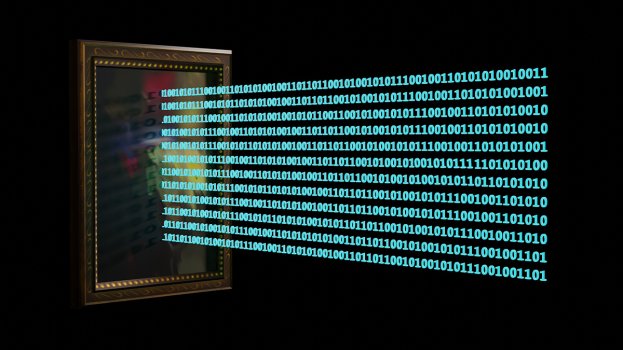Non-fungible tokens (NFTs) are going mainstream in 2022. You can now show off your favorite NFTs as your Twitter or Reddit profile picture, with Facebook and Instagram soon to follow. Driven in part by a FOMO reminiscent of the 1990s dotcom anxiety of bricks-and-mortar companies, mass-market players and luxury brands alike are launching NFT collections at a dizzying pace.
Granted, a vast majority of mainstream consumers still struggle to make sense of the 2021 NFT world of Bored Apes and CryptoPunks. And the usability of the underlying blockchain technology is still a long way from being consumer friendly.
But don’t make the mistake of thinking that NFTs are a passing fad. While the current hype cycle might be fueled by crypto-millions and Discord-obsessed Gen-Z users, NFTs could be the killer app of Web3 and its gateway into traditional commerce. The really interesting thing about NFTs is the tech they run on, which reveals their broader promise as a vehicle by which brands bypass the platform-centric marketing world of Web2 and reclaim ownership of their digital consumer relationships.
Early days: From collectibles to digital product-line extensions.
Right now, NFTs seem inextricably intertwined with digital collectibles, and many brands’ first step into the NFT waters has thus been to launch their own collections. These early efforts range from exclusive releases of Campbell’s soup can art and Coca-Cola digital apparel to generative art of burgers from White Castle.
But a first step isn’t a strategy. Successful brands didn’t call it a day after buying a domain name and posting a website in the dotcom era and, similarly, smart brands today need to be asking themselves what comes next.
Continue reading: https://hbr.org/2022/02/how-your-brand-should-use-nfts
Granted, a vast majority of mainstream consumers still struggle to make sense of the 2021 NFT world of Bored Apes and CryptoPunks. And the usability of the underlying blockchain technology is still a long way from being consumer friendly.
But don’t make the mistake of thinking that NFTs are a passing fad. While the current hype cycle might be fueled by crypto-millions and Discord-obsessed Gen-Z users, NFTs could be the killer app of Web3 and its gateway into traditional commerce. The really interesting thing about NFTs is the tech they run on, which reveals their broader promise as a vehicle by which brands bypass the platform-centric marketing world of Web2 and reclaim ownership of their digital consumer relationships.
Early days: From collectibles to digital product-line extensions.
Right now, NFTs seem inextricably intertwined with digital collectibles, and many brands’ first step into the NFT waters has thus been to launch their own collections. These early efforts range from exclusive releases of Campbell’s soup can art and Coca-Cola digital apparel to generative art of burgers from White Castle.
But a first step isn’t a strategy. Successful brands didn’t call it a day after buying a domain name and posting a website in the dotcom era and, similarly, smart brands today need to be asking themselves what comes next.
Continue reading: https://hbr.org/2022/02/how-your-brand-should-use-nfts

